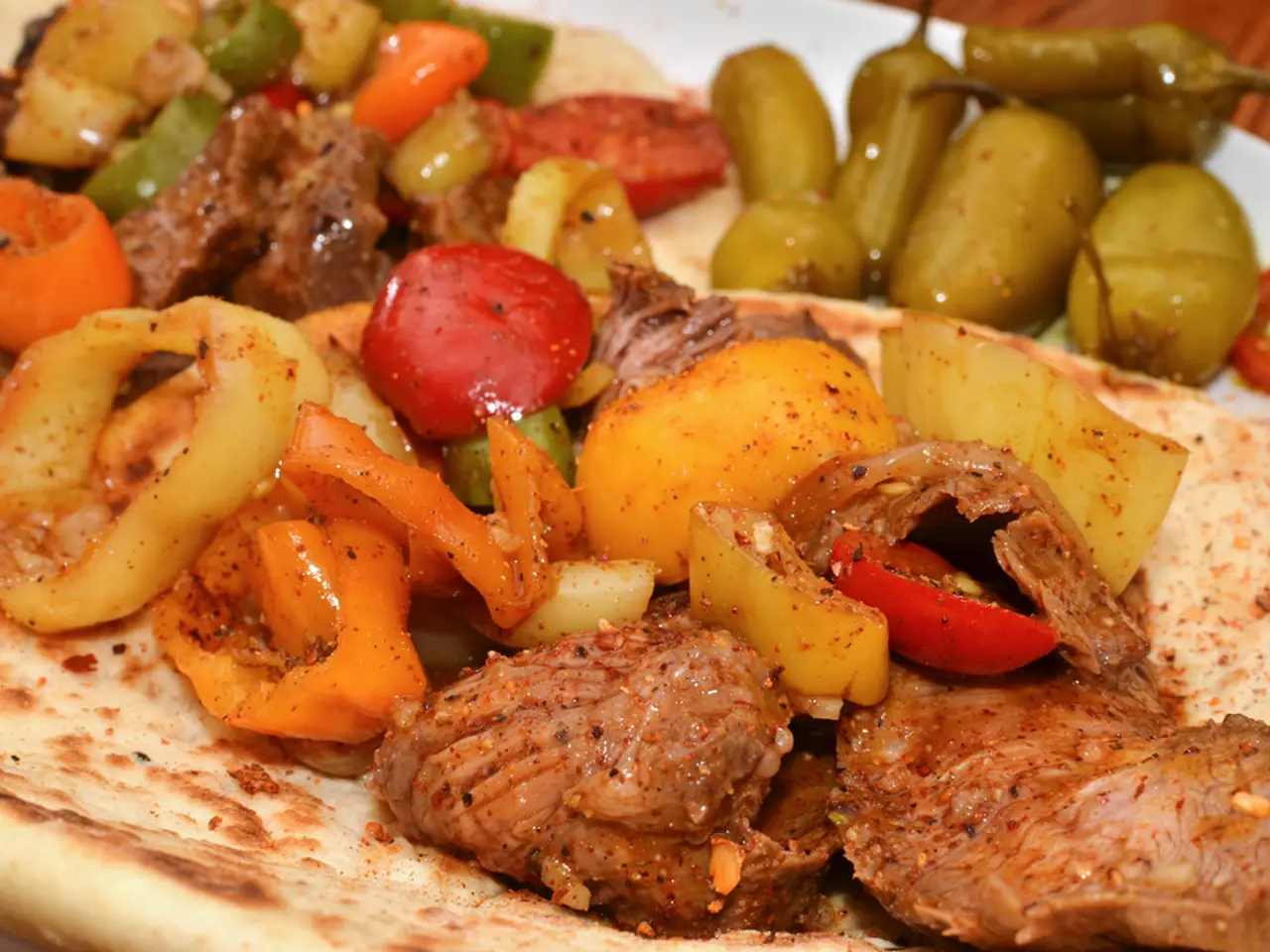Salmonella Food Poisoning: Causes, Symptoms, and Prevention
Salmonella food poisoning, a common gastrointestinal illness, affects millions worldwide each year. Caused by certain species of Salmonella bacteria, it is more prevalent in regions with poor sanitation and food safety. In the United States alone, around 1.35 million people are hospitalized annually.
The primary culprits behind salmonella food poisoning are Salmonella enterica subspecies, particularly serovars Typhimurium and Enteritidis, and typhoidal types like Salmonella Typhi and Salmonella Paratyphi. These bacteria reside in the intestines of humans and animals, and are often transmitted through contaminated food or water.
Common sources of infection include undercooked poultry, eggs, unpasteurized milk or juice, and raw fruits, vegetables, or nuts. Poor hygiene, such as not washing hands after handling pets or using the toilet, also facilitates the spread. Once ingested, the bacteria target the small intestine, causing illness.
Salmonella food poisoning is most common in people under 20 and peaks during summer months. Symptoms typically appear within 8 to 72 hours after consuming contaminated food or water.
Prompt diagnosis and treatment are crucial for managing salmonella food poisoning. Prevention involves proper food handling, cooking, and personal hygiene. Vaccines are available for typhoidal salmonella, but not for non-typhoidal strains. Public health efforts focus on education and improving food safety standards, especially in regions with high prevalence.






